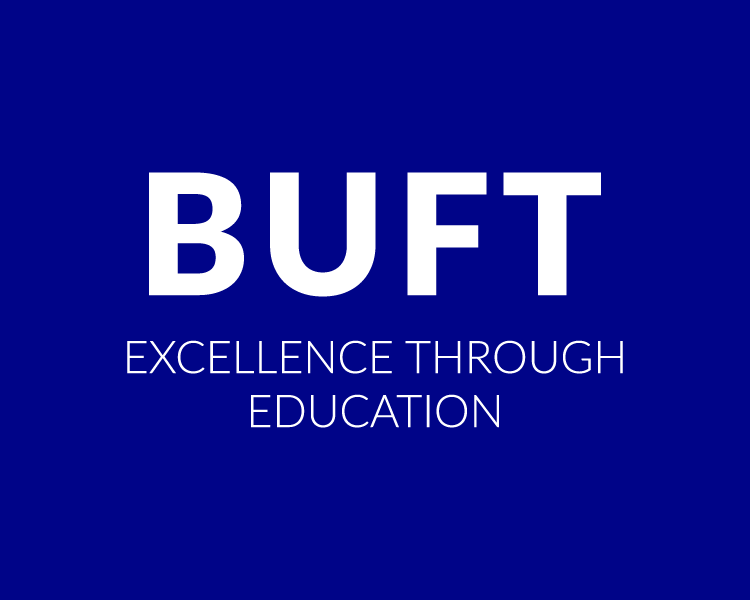Discriminating Factors of Formal and Informal Micro-Credits Programs in Bangladesh: An Efficiency Approach
Dr. Md. Nazrul Islam, Dr. Sabina Islam, Md. Shafayet Shahed Ornob
Shahjalal University of Science and Technology
Email: dnislam969-bus@sust.edu
Download pdf
Article Information
Cite
Abstract
Purpose: The study aims to identify the factors influencing the choice of formal and informal micro-credits programs in poverty alleviation of Bangladesh
especially in Haor area.
Methodology: The study has covered a total of 2340 households' respondents where 1560 actual micro-credit users and 780 eligible micro-credit users while
they did not use micro-credits as control (50% of the cases) group for comparison purpose. The characteristics of control households are almost similar
to the cases (micro-credits recipient) households. Total survey area has been divided into thirty clusters and the survey was made with a structured
questionnaire to measure the impact on poverty of both types of credits and find out the dimensions of discrimination. The group means, pooled group
correlation matrix, covariates for discrimination, and validation of two-group discriminant finally Fisher's linear discriminant function were used to reach in
the conclusion.
Findings: The study identified that the installment types are the most important predictors in discriminating between formal and informal microcredits groups,
followed by duration of loan, interest rate, gender of loan receivers, earning status of loan receivers, and regular income source in the households and so on
and this is also confirmed by cross-validation analysis. Fisher's linear discriminant function forecasted that the new member with discriminant scores
above 0.44 supposed to borrow from the informal sources however the members having below of the score will borrow from formal sources.
Practical Implications: The lenders will be able to design effective micro-credit programs considering the needs of the users.
Originality/Value: The research is the first attempt to identify the discriminating factors between formal and informal micro-credits with large
volume of solid primary data.
Limitations: The study did not make any in-depth-interview regarding the issue.
